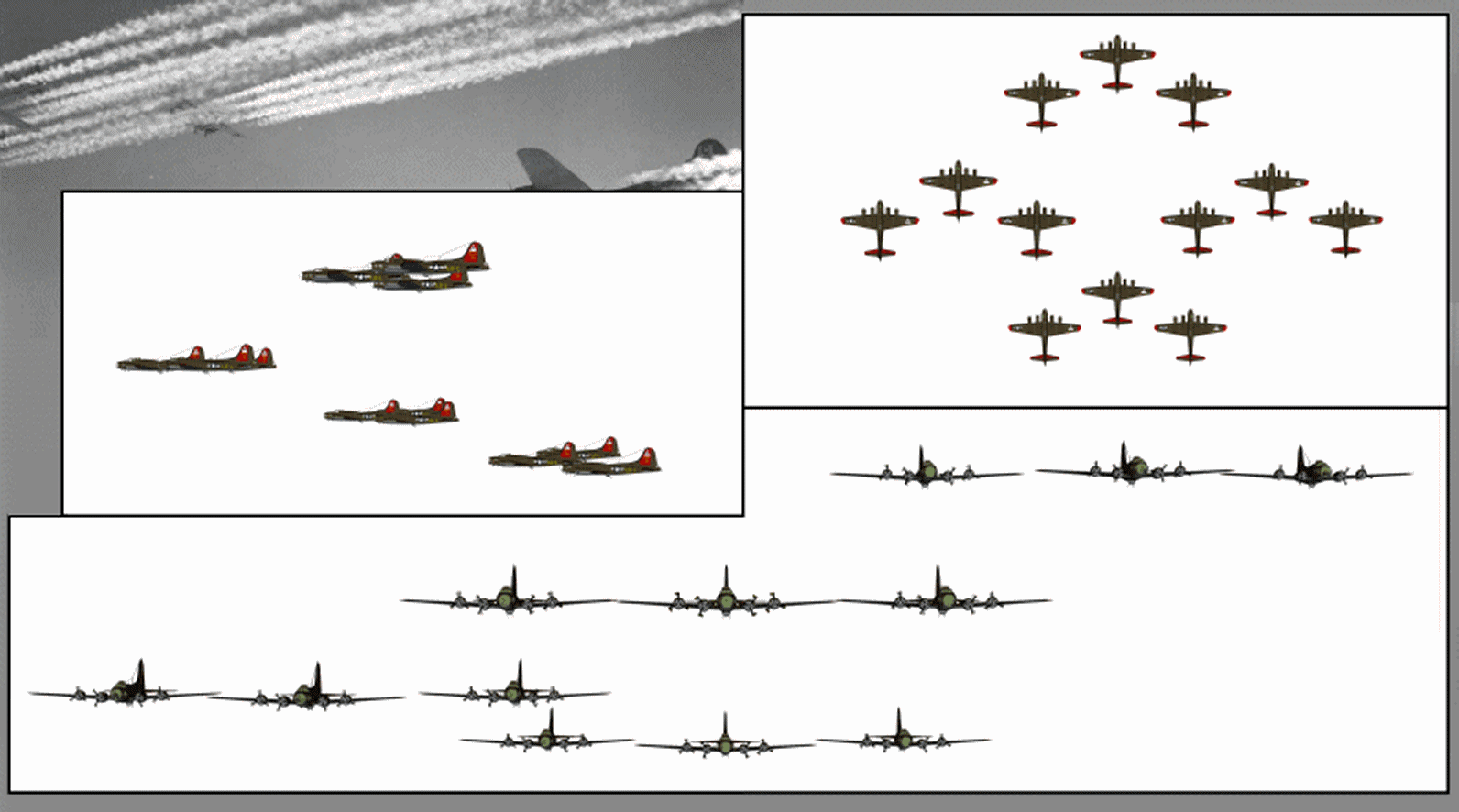Stive said:
Watched the first episode and I have a few questions:
Why were the ground guys telling them all to shut up and get to interrogation after they landed? It was almost like they didn't want them talking about their experience in front of the ground crews?
And does anyone understand the strategy of flying the lead bombers at higher altitudes than the trailing groups? Was that "just the way it was" or was there some key reason that they staggered the planes that way, highest to lowest?
I'm not an expert, but here's my attempt to answer questions:
Ground crews don't have the same clearances as pilots. There is fear that they may talk too much at bars and stuff where German agents are listening. Can't give the Germans and indication on what works and what doesn't.
And on the staggerings, the flak shells were time based. They turn a dial on the head to a certain number of seconds and they detonate that many seconds after firing. So if American planes were all at the same altitude, then it would be easier for the Germans to stay zeroed in. Yet if the planes we each are different attitudes, then there would be a high risk that they would be dropping bombs on each other. So they changed the altitude by group.
Bonus info: us Americans developed a revolutionary shell called the VT fuse.. after every other country tried and failed. It was an incredible piece of engineering. In effect, each shell had a proximity radar on it. It not only detonated the when it was close to the target, but used doppler to take relative velocities into effect. It also had directional blast to ensure timing was ideal. All without digital computers. It was so secret that most people don't know about it today. It was used primarily at sea so that unexploded shells would fall into the sea and out of the hands of the enemy. It was so effective that at the end of the war the Japanese would send hundreds of kamikazes against our ships, and not a single one would get through. Compared to the beginning of the war when the British would shoot thousands of shells against German planes during the battle of Britain and not hit anything. We later used them against ground troops in the battle of the bulge and F-ed Germans up with it. They had no idea how we seemed to never miss.





